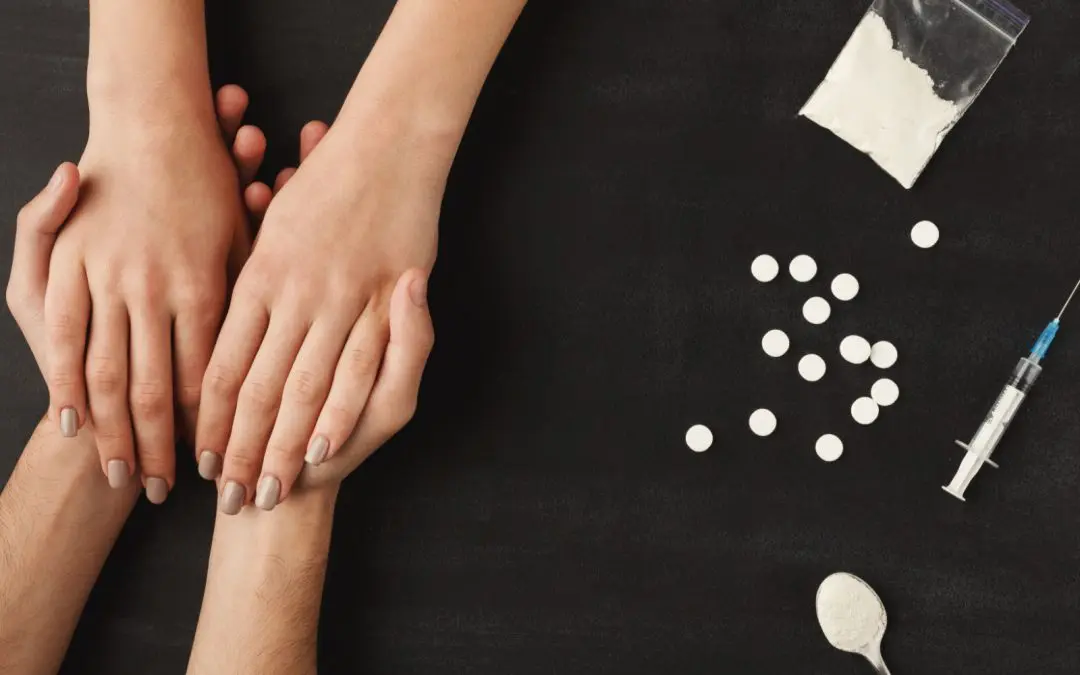24/7 Helpline:
(866) 899-221924/7 Helpline:
(866) 899-2219
Learn more about Ritalin Rehab centers in Ohio
Ritalin Rehab in Other Cities

Other Insurance Options

Horizon Healthcare Service

Oxford

Ceridian

Private insurance

Amerigroup

United Health Care

UMR

PHCS Network

MVP Healthcare

Group Health Incorporated

Optima

Carleon

Anthem

GEHA

CareFirst

Cigna

BlueShield

Meritain

Aetna

Providence













